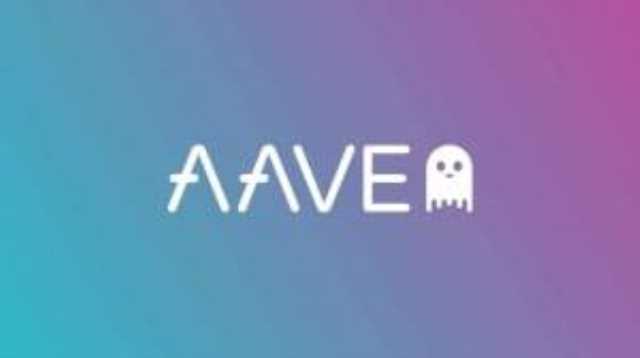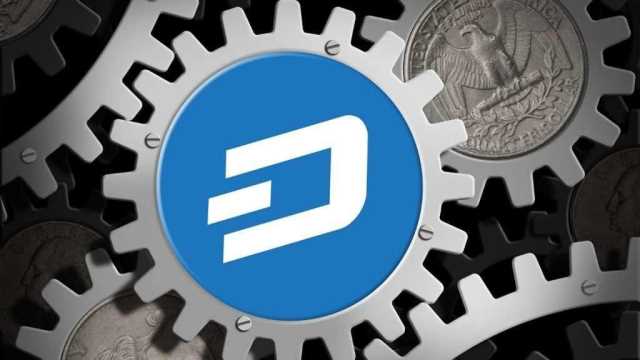
Additionally the core issues had a domino effect and created other problems. One main challenge for any crypto is whether it has a good team behind it. It is true that crypto commodities have more centralisation than cryptocurrencies. Between each crypto commodity there can be more or less centralisation. Apart from the platform itself, it would also depend on the way the Dapps on top of it are being built.

Ethereum vs EOS: Competitors in the Dapp Marketplace
Not only is Proof of Stake better for the environment, but it also allows the network to process more transactions. Well, according to the EOS white paper, there will be NO transaction fees to pay when sending and receiving funds! The reason why the network can do this is that when people help verify transactions, they are rewarded out of newly created EOS coins (I’ll talk about this in the next section).
Activity (Transactions/ Operations Per Day)

Ethereum had its downtrend breakout a lot earlier, resulting in an enormous and steady uptrend. EOS could have a similar rise next, meaning that EOS could potentially be more profitable in the short term. As you can see in the chart below, Ethereum has outperformed EOS significantly throughout its short history. Both technologies are relatively new, so there’s not a lot of historic price action to go on.
Recently Similar Guides
Investors saw a lot of potential for EOS if it could increase the transaction speed. Looking ahead, this EOS vs Ethereum battle will have a big impact on the entire ecosystem. Ethereum’s launch was a huge game-changer is eos better than ethereum in the blockchain space and it’s very unlikely that this situation will stop any time soon. Considering how rapidly blockchain technology is changing, any project might overturn the whole ecosystem.
Issues With Ethereum

They verify each transaction on the blockchain, basically running the network. EOS users vote for 200 witnesses to secure their computer network. Ethereum utilises the PoW consensus mechanism, which requires an immense amount of energy and computational usage.
Ready to put your insights into action?
But once they released their white paper, more members of the community recognized just how valuable a decentralized application platform could be in practice. EOS is a blockchain platform that operates using a similar model as Ethereum, although Ethereum was the first platform to launch in this space. While there are similarities, EOS is not exactly the same as Ethereum, from a technical and practical perspective. However, it should be mentioned that Bitcoin and Ethereum, as well as many other cryptocurrencies, had issues when they started.
- If EOS does “kill” Ethereum or Ethereum devs cannot solve scalability issues, then it will outperform Ethereum.
- Your EOS tokens open the barrier, allowing you to access RAM, bandwidth and other resources.
- You will also get a better idea of the potential of both cryptos.
- The network is also planning to implement improvements via the Metropolis hard fork with future upgrades also in the pipeline.
- The working philosophies of EOS vs Ethereum reflect one of the primary differences between the two smart contract platforms.
- And if you really believe in EOS, you may purchase EOS tokens through their ongoing ICO.
Daily data was taken on 28 March 2019 so of course the data will change if you check the sources on a different date. Active addresses normally represent accounts that have performed some type of action in a set interval of time. Ethereum has around 200,000 active addresses while EOS has around 60,000 and TRON has around 60,000 active addresses. It has had the most successful crowdsale in history raising a total of $4 billion with a yearlong fundraising campaign. The purpose of this article is not to argue which platform is best, but to assess each of the three networks against common criteria.
If you’re writing an Ethereum smart contract, it’ll most likely be in Solidity, a contract-oriented language that the Ethereum core developers created. Ethereum requires you to burn ETH (Gas) when executing smart contracts. The amount of gas you need to burn depends on the network congestion as well as the complexity of your contract. To further improve scaling, the developers are applying sharding to the blockchain as well. Sharding effectively splits the blockchain state into “shards,” so that nodes reach consensus simultaneously rather than in the linear fashion they currently do. The Ethereum developer community isn’t without solutions, though.